Post-Processing Services
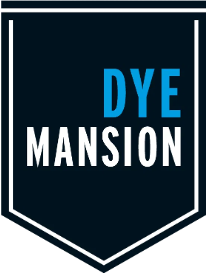

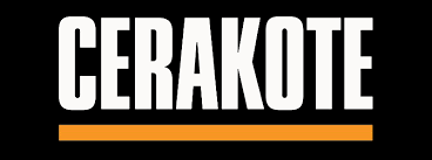
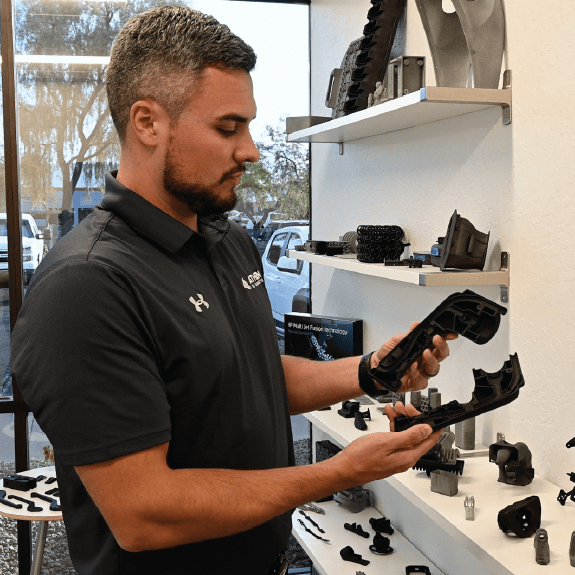
Put the Finishing Touches on Your Parts
When it comes to finishing your 3D printed parts, considering the application needs is the first step
Some applications don’t require any post-processing or finishing work (known as a standard finish).
Examples of this include:
- Prototypes where all features and geometry of the part need to be easily seen.
- Parts and assemblies that are not seen by the end user, or parts that normally would not be in an assembly.
- Rushed parts that need to be turned quickly.
Surface Smoothing
Chemical vapor smoothing gives your 3D printed parts a surface finish with an injection molded look and feel
Enhance part performance and aesthetics while maintaining dimensional accuracy by smoothing and sealing polymer parts.
Chemical vapor smoothing increases mechanical properties, seals the surface against liquid and gas intake, and reduces bacteria growth. Common industry applications:
- Medical and dental
- Consumer goods
- Automotive and aerospace
- Electronics and tooling
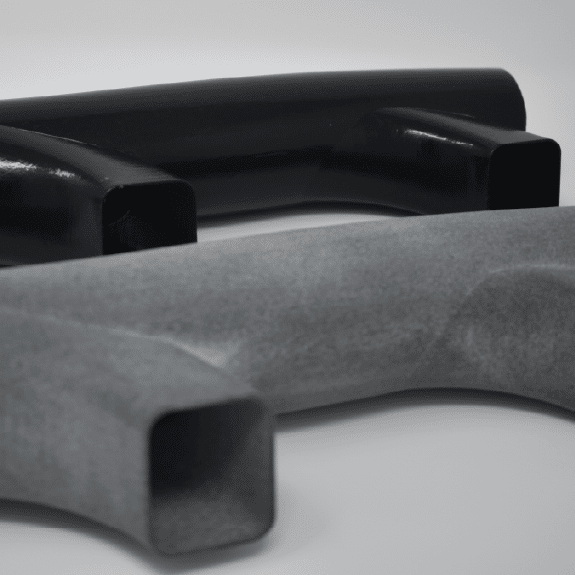
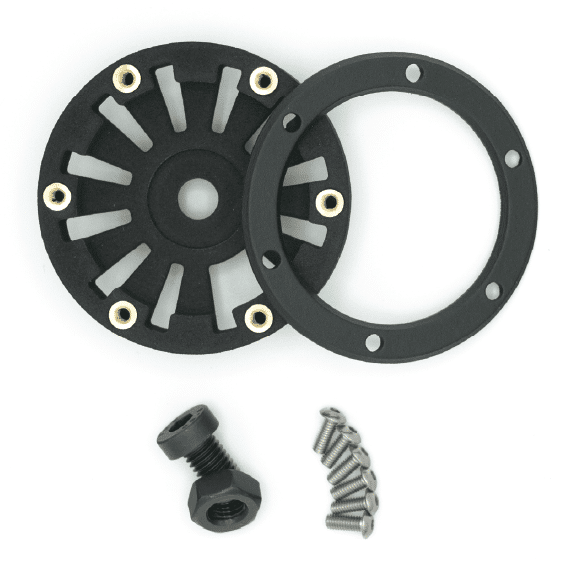
Cerakote Painting
Increase the performance and physical properties of polymers
Cerakote is a durable, scratch-resistant coating that gives an aesthetic finish to your parts. Its hydrophobic and chemical-resistant properties add to its appeal, as well as its thermal barrier that protects the surface from high heat exposure.
Common applications include:
- Automotive
- Aerospace
- Electronics
- Sports and fitness
- Firearms
Dye Finishes
A little color goes a long way with 3D printed parts
Dyeing your parts adds a quick and simple finish that gives an exquisite look and feel. This process also gives parts and assemblies a uniform finish.
Common applications for dyeing parts include customers facing “A” surface parts, such as parts that your end customer will be seeing or interacting with.
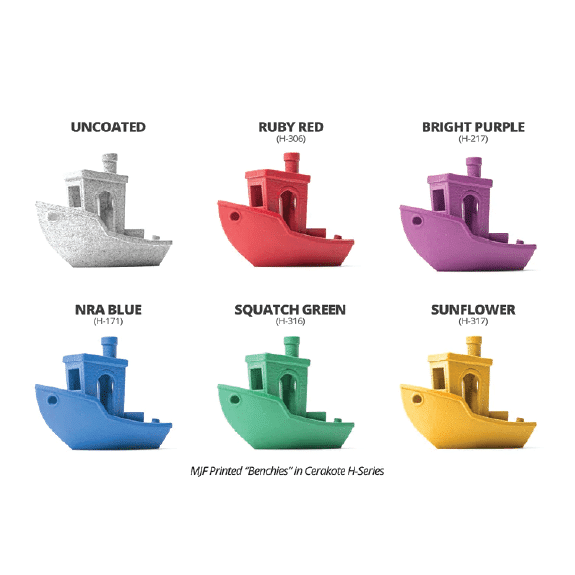
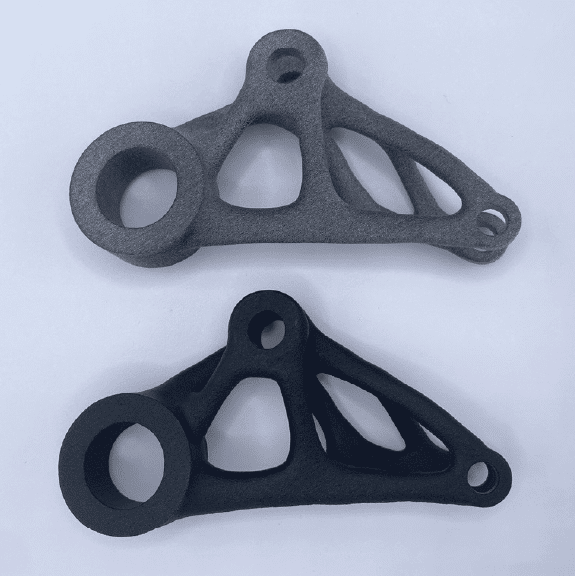
Threaded Inserts
An easy way to add longevity to 3D printed parts that need to accept screws
Common inserts include:
- Helicoil
- Heat set inserts
- Press fit inserts
- Compression limiters
- Location pins and studs
Threaded inserts are typically used in applications like electrical enclosures and brackets.